
This plant is pet safe
We have researched this plant using reliable sources and it has been deemed non toxic to pets.
However, like anything that isn’t part of the natural diet, it may cause an upset tummy if eaten.

Care Instructions Included
Our plants come with a QR code for easy access to our care guides.
Or, simply use the care guide generator on any plant product page to instantly create your own handy care guide!
Carnivorous Dionaea Muscipula Venus Flytrap
From: £13.00 Please select an option before adding to cart.
Characteristics
Dionaea Muscipula, commonly known as a Venus Flytrap is a natural fungus gnat killer! The plant comes with beautiful illustrated care instructions which will help you to keep the plant happy and thriving. All our carnivorous plants come with beautifully illustrated care instructions by our local, Scottish artist!
If you have an issue with this pest this plant is for you. Probably the most favourite of all carnivorous plants, this one is unmistakable. The opened jaw-like leaves of this plant display bright colours enticing insects closer, as they brush the tiny trigger hairs on the surface of the leaf the jaws snap shut trapping their prey inside. A truly mesmerising plant to watch grow and mature and definitely worth keeping around in the summer to deter insects and other pests. Perfect, natural alternative to yellow sticky traps for flies including fungus gnats!
Please be aware that Venus flytrap goes into dormancy during the winter. Younger plants may be fine without dormancy for a year or two but older need this to gather energy and be able to survive. It is a natural state when plants save energy during the winter. Symptoms are leaves turning brown and dying and there is no new growth. Some of our plants may go into dormancy triggered by the travel stress not long after you receive them. Unfortunately is a natural part of plant life and we can not skip it. If your plant shows symptoms of dormancy, decrease watering, and move the plant in a colder and darker spot for a few weeks. To wake up plants from the dormancy move into warm and sunny locations and make sure the soil will stay moist all the time.
The plant will be selected randomly. Pictures represent our current stock.
Click here to check our care instructions to find out how to look after your carnivorous plant.
Would you like to learn about carnivorous plants? Check our article here.
Pet Friendly

Hit the button below to create a care guide for this plant.
It should just take a few seconds but can take up to a minute to write your guide.
Description
This plant definitely falls into the category of weird, wonderful and downright fascinating. Mesmerising houseplant owners of all ages with their striking appearances and fascinating adaptations to capture and feed on insects and small creatures. It is no wonder they have held their popularity for decades.
The best place to start with carnivorous plants is by understanding their natural habitat and how their environment has led them to form such unique adaptations. Carnivorous plants have been on the planet for a long time, around forty million years and have been found on almost every continent and tropical island with Antarctica being the only exception.
Carnivorous plants are typically found in areas that are high in natural light and moisture, as well as water-logged areas like swamps where the nutrients in the soil are virtually non-existent. Many of their strange adaptations have been formed from this lack of nutrients.
All plants need basic nutrients to survive and without them, they don’t stand much of a chance.
Nitrogen and phosphorus are two of the most important nutrients plants need, nitrogen is the main component in chlorophyll which plants use for photosynthesis. The other is phosphorus, which is needed to make this process possible. Plants use phosphorus to take in, store and convert the sun’s rays. Without it, they would be unable to use the sun’s energy to create the biomolecules (proteins, amino acids, DNA) they need to grow and reproduce.
Carnivorous plants have adapted over millions of years to get these essential nutrients from their environment. Unable to get these nutrients from the soil they have formed traps to capture insects and small creatures that are rich in the nutrients they lack.
There are approximately 600 different species that fall into the Carnivorous plant category. These different species have found ways of attracting, trapping, killing, and absorbing their prey purely to extract the nutrients they need for survival.
Most carnivorous plants will use bright colours, distinctive smells, and sticky surfaces to attract insects but some key mechanisms make up the variations of carnivorous plants and most species can be spread across these different hunting strategies
- Snap traps use rapid leaf movement to snap shut and capture their prey.
- Bladder traps suck in their prey with a small internal vacuum.
- Pitfall traps entice prey into a small rolled-up leaf with digestive enzymes.
- Flypaper traps utilize sticky mucus to trap their prey.
- Eel traps use inward-facing hairs to force their prey towards the digestive organ.
Why Your Venus Flytrap (Dionaea muscipula) Might Be Dying: Common Issues and Solutions
Venus flytraps (Dionaea muscipula) are fascinating carnivorous plants that captivate plant enthusiasts with their unique ability to trap and digest insects. However, keeping a Venus flytrap healthy can be challenging if its specific needs are not met. If your Venus flytrap is struggling, it could be due to several common issues. This article explores these problems, their solutions, and provides essential information about the plant’s natural dormancy period.
1. Improper Watering
Issue:
Venus flytraps are highly sensitive to the type of water they receive. Tap water, which often contains minerals and chemicals, can be harmful. Overwatering or underwatering can also cause significant stress to the plant.
Solution:
- Use Distilled Water or Rainwater: Always water your Venus flytrap with distilled water, rainwater, or reverse osmosis water. These water types are free from harmful minerals and chemicals that can build up in the soil and damage the plant.
- Keep Soil Moist: The soil should be consistently moist. A good practice is to use a tray with some water, allowing the plant to absorb what it needs.
2. Incorrect Soil Type
Issue:
Venus flytraps require a specific type of soil that mimics their natural habitat: poor, acidic, and well-draining. Regular potting soil is too nutrient-rich and can kill the plant.
Solution:
- Use a Carnivorous Plant Soil Mix: The perfect mix should be the soil nutrient-poor, which is essential for the plant’s health.
3. Inadequate Light
Issue:
Venus flytraps need plenty of sunlight to thrive. Insufficient light can cause the plant to become weak, with elongated leaves and reduced trap production.
Solution:
- Provide at Least 4-6 Hours of Direct Sunlight Daily: Place your Venus flytrap in a bright, sunny location where it can receive direct sunlight. A south-facing window is ideal. If natural sunlight is limited, supplement with a fluorescent grow light that provides full-spectrum lighting for at least 12-16 hours a day.
4. Feeding Problems
Issue:
While Venus flytraps can catch and digest insects, overfeeding or feeding them inappropriate food can harm the plant. Some plant owners mistakenly feed their Venus flytrap human food or too many insects, which can lead to traps turning black and dying.
Solution:
- Feed Sparingly and Appropriately: Only feed your Venus flytrap small insects like flies, ants, or spiders, and limit feeding to once every 2-4 weeks. Each trap should only digest one insect at a time. Never feed it human food or overfeed, as this can stress and weaken the plant.
5. Pest Infestation
Issue:
Pests such as aphids, spider mites, and mealybugs can attack Venus flytraps, leading to discoloured or distorted leaves, and in severe cases, plant death.
Solution:
- Monitor Regularly and Treat Immediately: Inspect your plant regularly for signs of pests. If you notice any, treat the plant with an insecticidal soap or a neem oil solution. Make sure to follow the product instructions carefully.
6. Dormancy Mismanagement
Issue:
Venus flytraps require a period of dormancy each year, usually during the winter months. Failing to allow for this natural rest period can weaken the plant and eventually lead to its death.
Solution:
- Provide a Dormancy Period: In late fall, reduce watering and allow the plant to experience cooler temperatures (0°C to 10°C). During dormancy, the plant will appear to die back; however, it is resting. Keep the soil just barely moist and provide minimal light. Dormancy typically lasts for about 3-4 months, after which you can gradually return to normal care.
Understanding Dormancy in Venus Flytraps
Dormancy is a crucial part of the life cycle of Venus flytraps. During this time, the plant conserves energy and prepares for new growth in the spring. This rest period is triggered by shorter daylight hours and cooler temperatures. Here’s how to manage dormancy effectively:
- Timing: Dormancy usually begins in late autumn (around November) and lasts until early spring (around February or March).
- Temperature and Light: Maintain temperatures between 0°C to 10°C and reduce light exposure. A cool basement, garage, or even a refrigerator can provide the necessary conditions if you live in a warm climate.
- Watering: Water sparingly during dormancy, just enough to keep the soil slightly damp. Avoid overwatering, as the plant’s metabolism slows down significantly, and it won’t need much moisture.
Additional information
| Plant Genus | |
|---|---|
| Plant Features | |
| Plant Size | |
| Light Requirements | |
| Pot size: | 6cm, 8cm, 12cm |


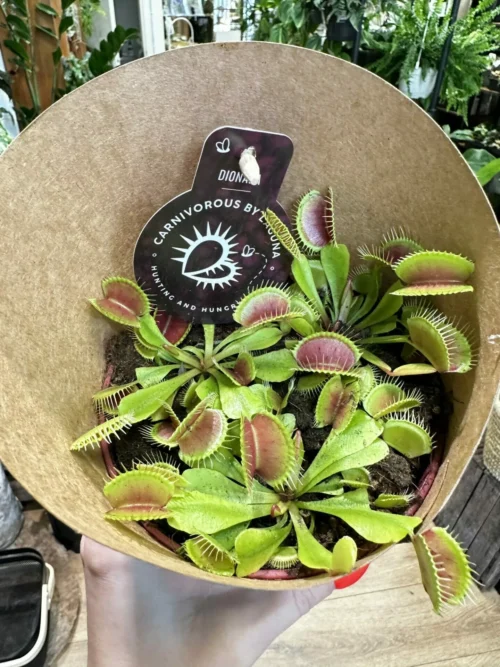











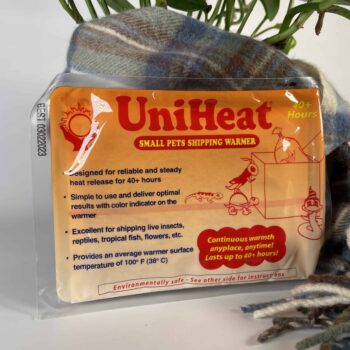

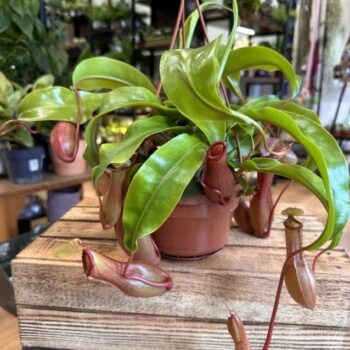
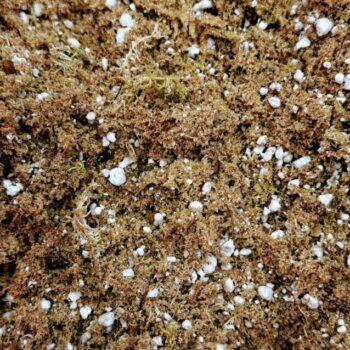

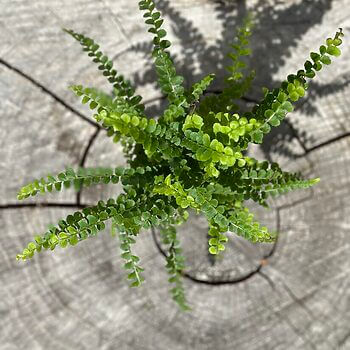

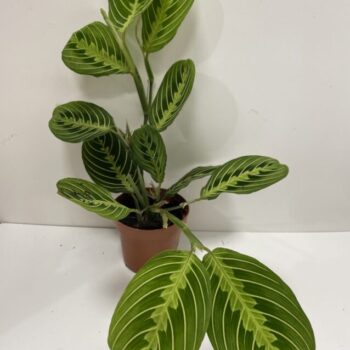

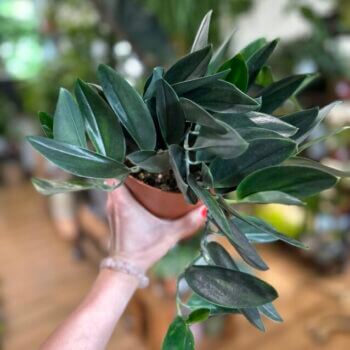
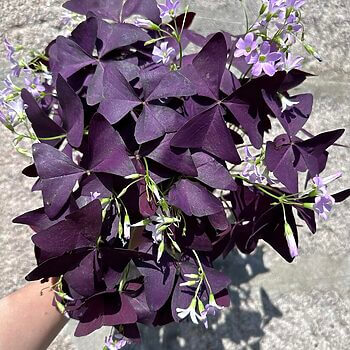
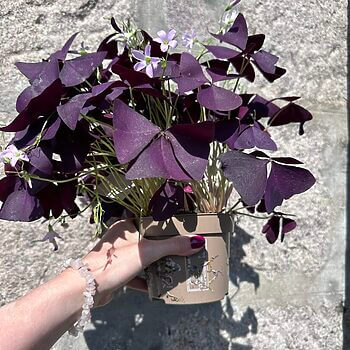

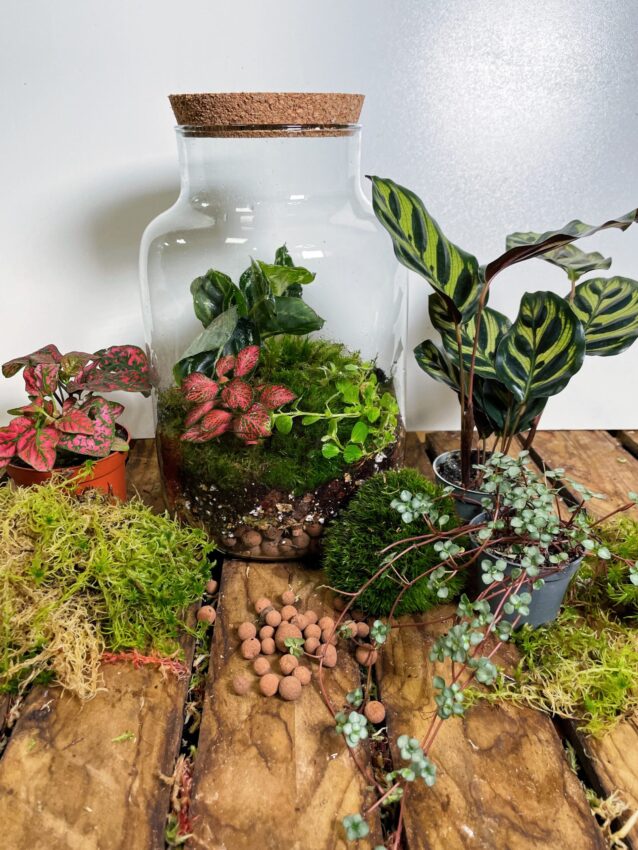

Brought these for the misses she was very happy …some small amount of damage but nothing life threatening…